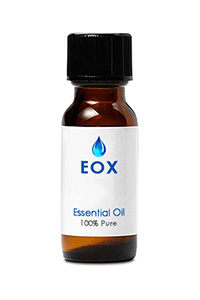New ArrivalsGift Ideas Specials Contact Us

WINTER 5% OFF SALE!
SITEWIDE05
Simply enter the above coupon code and save 5% on your ENTIRE ORDER!
Use PayPal, cash, or checks! NO LIMIT!

Now In: CATEGORIES → Essential Oils → 15ml Bottles → Essential Oil - Anise Seed
Botanical name: Pimpinella anisum Color: Clear Consistency: Thin Perfumery note: Top Related Planets/Deities: Jupiter/Mercury, Apollo/Hermes Aroma: Sweet, Slightly musky, Licorice-like Energetic Properties: Warm, dry, invigorating, replenishing. Aromatherapy Properties: Colorless to pale yellow with a warm, spicy-sweet characteristic scent. It is a good masking agent in perfumery. Spiritual Uses: Anise has long been viewed as a consecratory and purifying scent, and for this reasons it is often used in ritual purifications and consecrations. It is also sometimes used in dream magick, and, in fact, the Romans would often put Anise under or near the pillow to ward off bad dreams. History: Originating in the Middle East, and presently cultivated in the Americas, Europe, and Africa, Anise has a long history of medicinal, therapeutic and spiritual use, likely dating back to the Old Kingdom of Ancient Egypt. Anise is mentioned in Eber’s Papyrus, arguably the oldest medical text known to humankind, which scholars believe was copied from an even earlier text dating as far back as 3,400 B.C.E. Pythagoras prescribed anise to treat epilepsy in the sixth century B.C.E., and Hippocrates recommended anise for coughs in the fifth century B.C.E. The main use of Anise in European herbal medicine was for its carminative effect, as noted by John Gerard in his Great Herball, an early encyclopedia of herbal medicine. |
|
||||||




